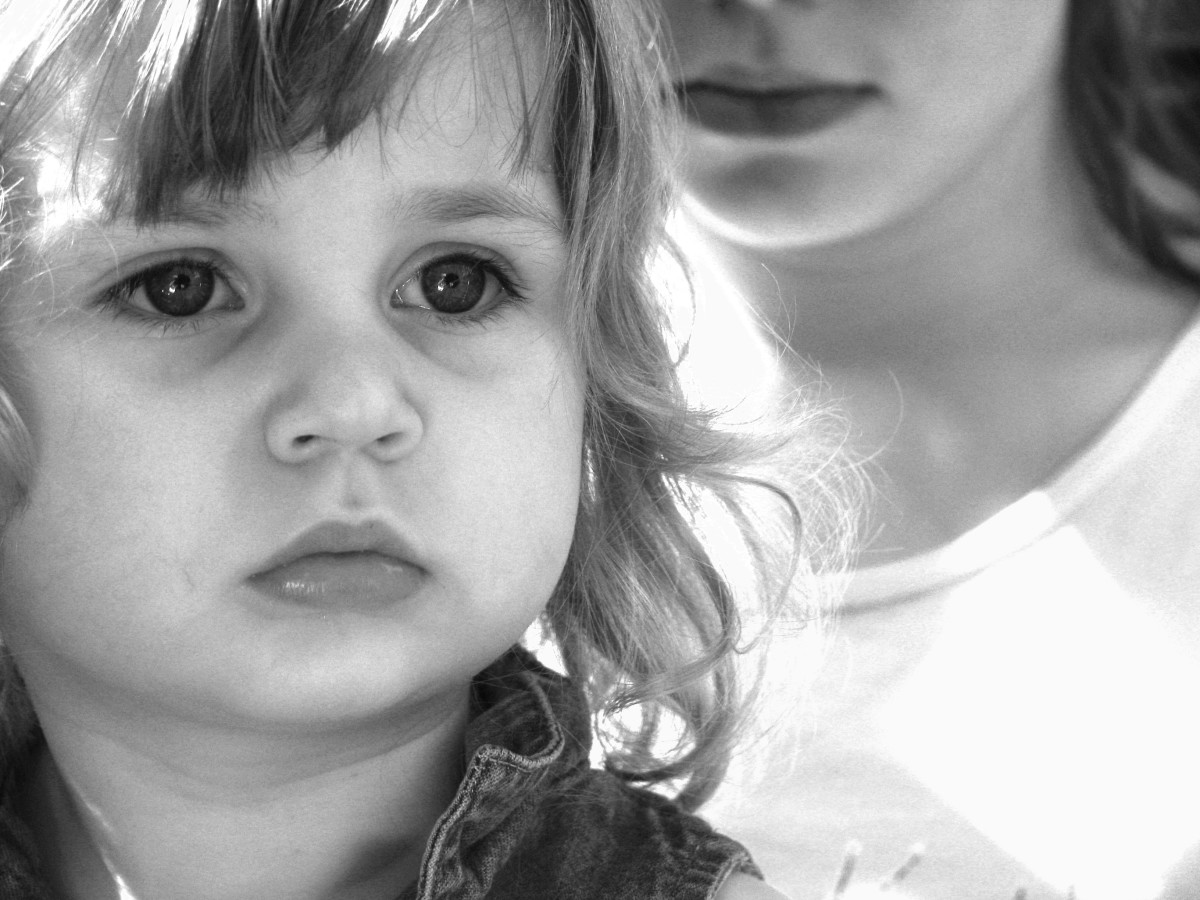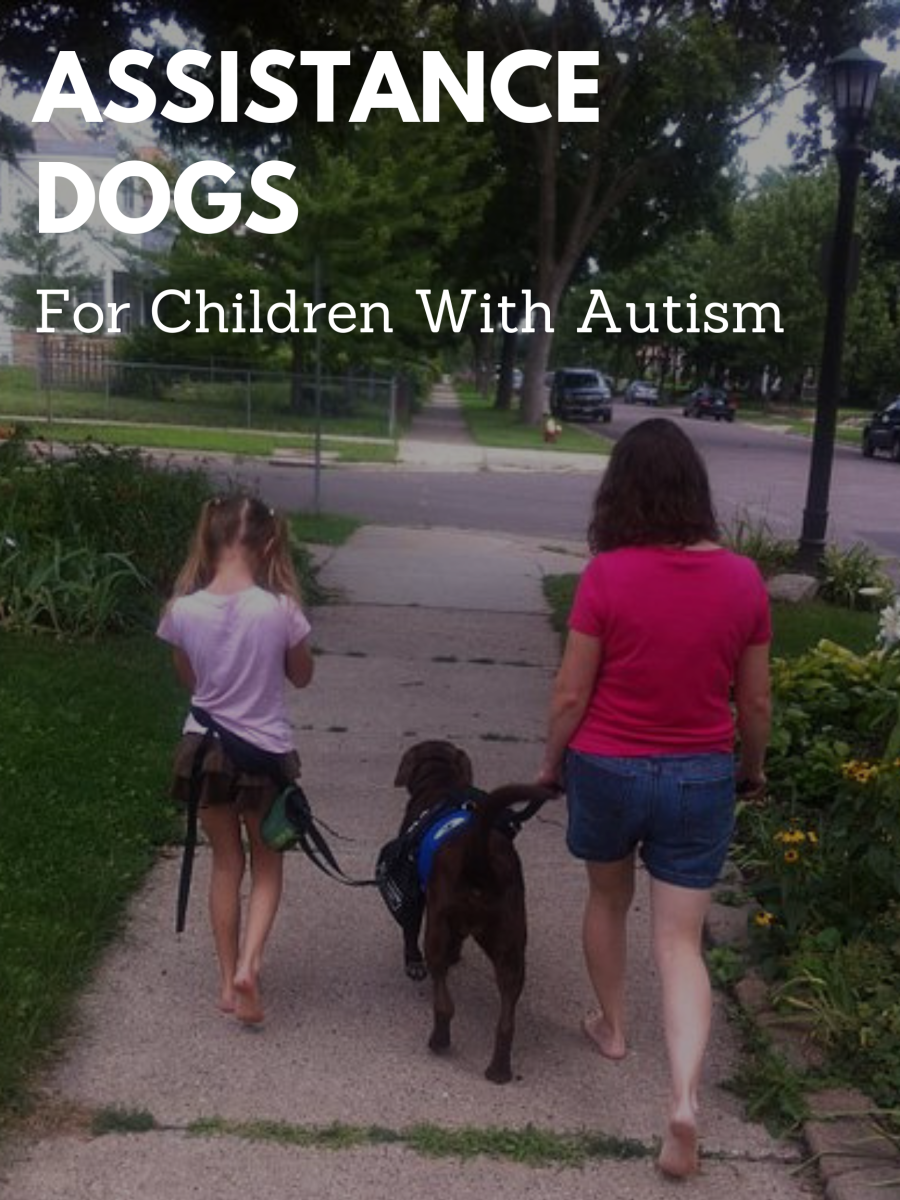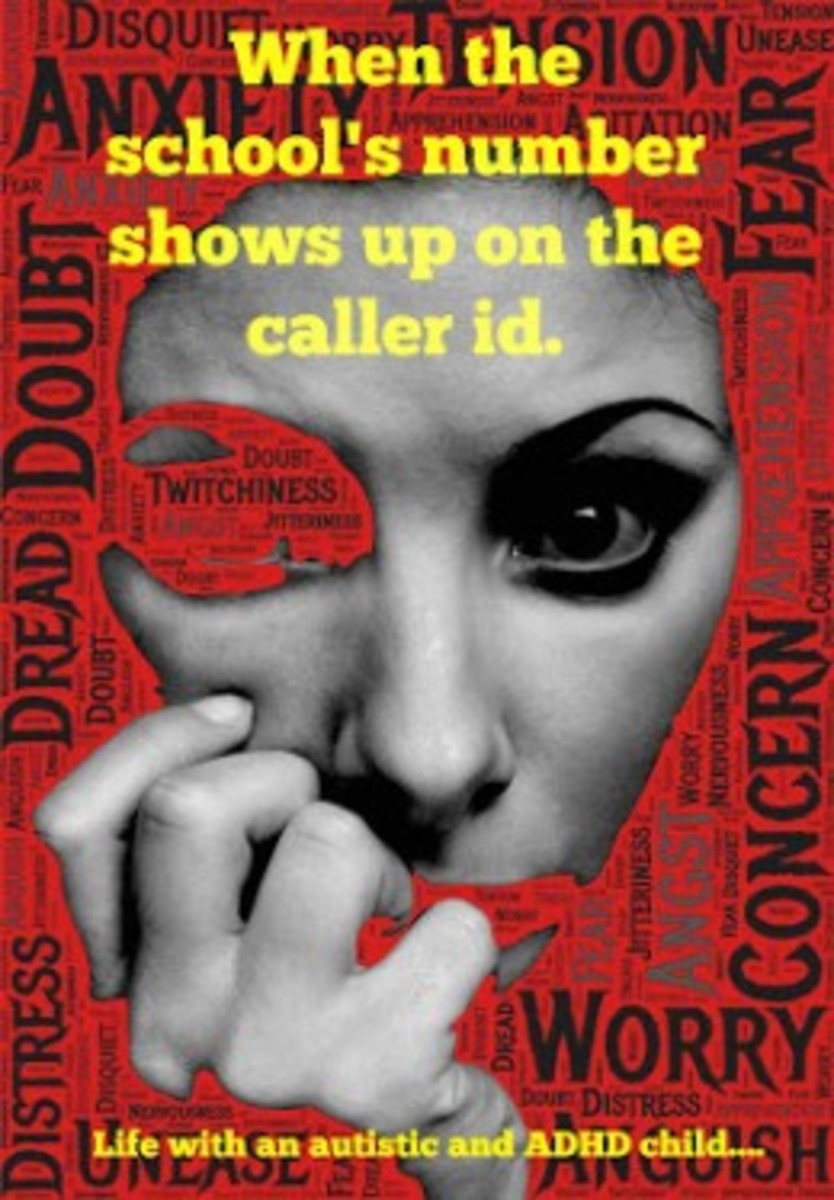- HubPages»
- Health»
- Diseases, Disorders & Conditions»
- Autism & Asperger's Syndrome
Guide On How To Detect Autism On Babies
Autism And Its History
A long time ago autism was nonexistent. Those people who had what is now called autism was diagnosed with another disorder usually Juvenile Schizophrenia or mental retardation. For this reason, autistic children were often institutionalized. After a while autism was given a new meaning with research showing that autistic behavior fixates on Autistic Aloneness meaning a tendency to or a repetitive activity and shutting out anything. This separation of self from the world is the cornerstone of what is referred to as autism. Autistic children avoid people around them without any emotional attachment and usually have language difficulties which can take a variety of forms. Some children with autism do not speak as early as typical children do. Some do not speak until three years of age and a few not until their late teens. Some children start to babble on time and then regress to a form of speech in which they repeat all or part of what was said to them. They also never use the first person pronoun I but uses you to refer to themselves.
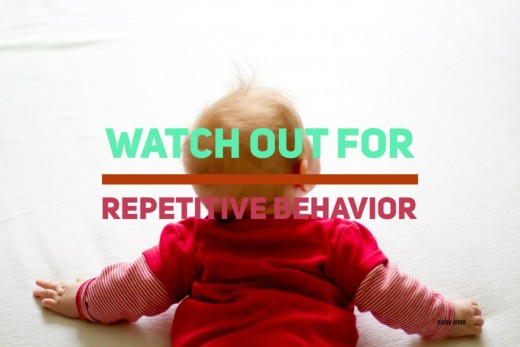
Possible Signs Of Autism On Babies
- Ritualistic and obsessive behavior which can take a variety of forms. Once an action is carried out in one way an autistic child will often insist that it always be performed in that manner. In other words, these children insist on sameness.
- For instance when traveling from point A to point B. A child may insist on always taking the route used the time she went from A to B. Even the smallest of changes in routine can lead to a temper tantrum. Autistic children may also have special terms of arranging favorite objects.
- Some things that they dislike are the sound of vacuum cleaners or mechanical toys and can go into a panic when these things are present. Children with autism are not alarmed with the noise or movement itself but by its intrusion.
- Remarkable feats of memory and other unusual mental abilities. Although this is not true of every autistic child some children with this diagnosis have an amazing memory for specific things, such as poems or sports trivia. Some children are able to perform mathematical computations have astounding musical abilities or exhibit extraordinary talent.
- Lack of smiling during and sometimes beyond infancy, as well as the lack of facial expression when speaking. Many autistic children do not smile and that their speech is often not accompanied by facial expressions or gestures. Some observations have shown that some children later diagnosed as autistic did not smile at all as infants. This is sometimes due to a form of paralysis in their mouth. Many research and scientists have explored the nature of autism searched for its causes and devised methods of treatment.
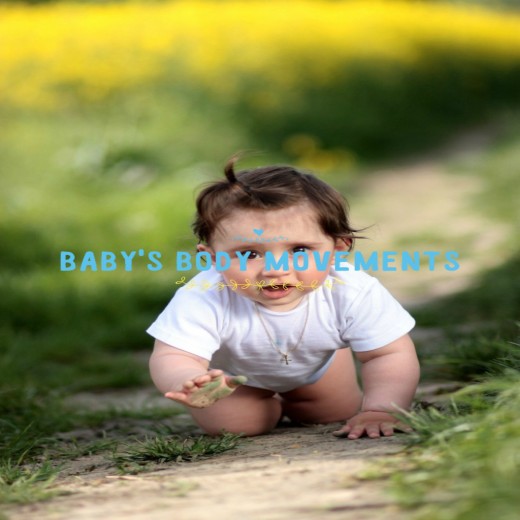
Asperger's Syndrome And Autism
Autism is now considered one of the several conditions that fall under the umbrella term Autism Spectrum Disorders. Opinions differ as to exactly which conditions are covered by this term. Many experts include Autism and Asperger's Syndrome as conditions that are characterized by impaired social interactions and communication skills as well as repetitive patterns of behavior. Autism is usually defined as a disorder characterized by problems with social interaction and learning. It can also involve repetitive behavior and remarkable mental abilities. People with the syndrome have many of the same characteristics but tend to have higher and develop language skills at a normal age. Yet they often lack the ability to recognize social cues and respond appropriately to social situations and often develop specialized interests.
Let Me Know What You Think
Recording your child's movement and mobility will help you assess if your baby has autism
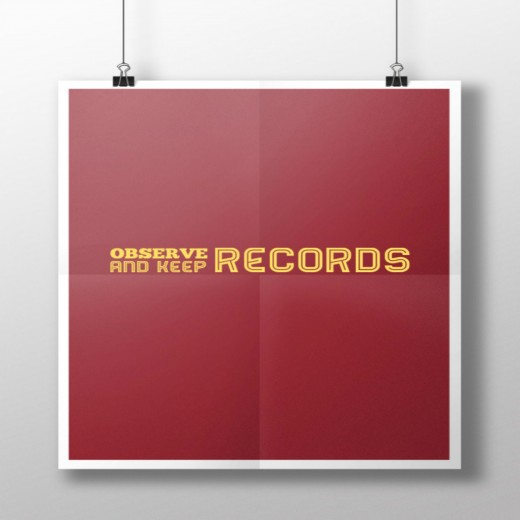
Body Movement And Symmetry
If a healthy infant is lying on his back and someone dangles a toy above him he can respond equally well on either side of his body by reaching for the toy with his left arm or his right arm. This amazing symmetry can be seen even when a baby is only a few weeks old. Adults have a dominant side of the body in which we use one side more than the other. We are either right handed or left handed. This is also true for infants. The fact is that dominance does not occur until a child is four or five years old. When a baby is only a few weeks or months old there should be no overt preference of one side of the body over the other. Just as important you can take simple but important steps encourage your infant's integration of the two halves of his body.
Observe And Keep Records And Watch Your Child
Watch your child and note what is happening to see if there is a cause for concern. As you observe your baby it is vital to keep a record. Asymmetry is considered persistent and it continues for at least a month, so you will want to follow your child's behavior over time. Your records can be in the form of a written diary or journal or in the form of a photo video diary and let it run for minutes at a time recording your child's movements. Try to update the journal as often as possible at least once a week so that you can track changes, and continue keeping the journal for several months or even for the entire first year of your baby's life. When observing your child you are most likely to note your child's specific positions and movements. Some of the behaviors noted below have already been discussed while others have not yet been mentioned. All can provide valuable clues to your child's development.
- Compare the activity level of the left and right sides of your baby's body. Does it look like the limbs on one side of the body are more active than those on the other side? If so, is the same side always the active one, or does this vary.
- Watch your baby's eyes. Does eye tend to get stuck in the corner one close to your infant's nose? While this by itself is not a warming sign for autism it may be significant if it appears in combination with other movement problems.
- If your child is old enough to choose the side on which he sleeps note the side he selects. Is it always the same side. If so is the side on which he sleeps also the one that is less active during his waking hours.
- If your baby is old enough to turn his head towards the sound, note if he is as likely to turn his head toward a toy on his right. If he turns his head to only one way and in which direction does he turn.
- If your baby is old enough to reach for a toy observe if he is able to reach for a toy with his right hand or if he uses his left hand which arm does he tend to use.
- If your baby is old enough to move himself note if he is able to turn on either direction. If not in which direction does he turn. If your baby is old enough to crawl watch to see if he uses both of his body equally. If not which leg is doing the crawling and which leg is either being dragged or stepping.
- If your child has been walking for several weeks is he able to walk steadily without falling
and remember that it can take them a few weeks to walk steadily. - If your child is still struggling after this time and always falls to the same side record how frequently he does it.
Autism Explained
Clearly the failure of a baby to say reach for a toy may indicate problems other than autism. The infant may be failing to reach for an object or may be unable to reach that arm but if it especially occurs repeatedly over a period of months it is important to discover the root cause of the problem.

